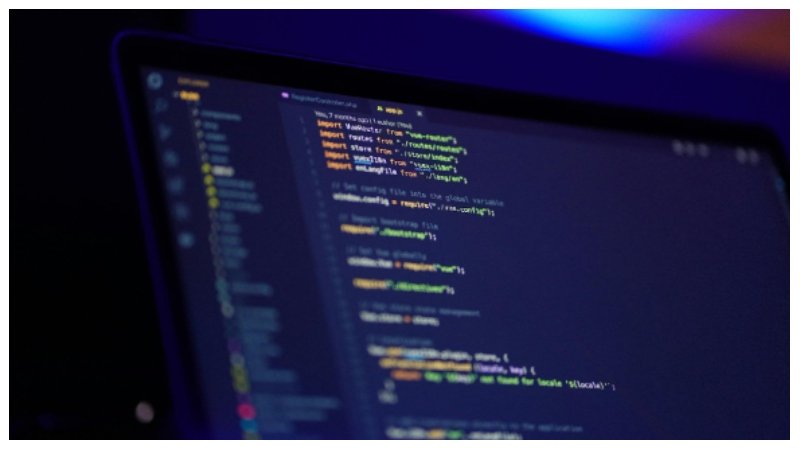Embarking on a journey to learn Laravel Filament can be an exciting endeavor for any developer looking to streamline their administrative interface development. As an ecosystem built around the widely admired Laravel framework, Filament offers a rich set of tools designed to enhance productivity and simplify complex tasks. For beginners, diving into this robust suite can feel overwhelming at first, but with the right guidance, it becomes a seamless part of your development toolkit.
Whether you aspire to build sleek admin panels or robust back-end systems, Laravel Filament is an invaluable resource. In this article, we’ll explore the foundational steps to get you started with this dynamic toolkit.
Understanding Laravel Filament and Its Position in the Laravel Ecosystem
Laravel Filament provides a streamlined way to build admin panels within the Laravel ecosystem. It integrates seamlessly with existing Laravel practices, offering developers an intuitive interface for managing models, forms, and tables while preserving familiar workflows. This makes it easier for teams to handle backend administration without stepping outside the Laravel mindset.
The ecosystem around Laravel Filament continues to grow, with extensions and plug-ins that add modular functionality. Its lightweight, customizable design ensures developers can load only what they need, keeping applications efficient while maintaining full control. This balance of simplicity and flexibility has secured Filament’s place as a go-to solution for modern Laravel projects.
Setting Up Your Development Environment for Laravel Filament Projects
Getting started with Laravel Filament begins with setting up a stable development environment. This requires installing Laravel, which depends on a compatible PHP version and a local server setup. Tools like Laragon, WAMP, or MAMP make the process simple, while Docker and Laravel Valet provide more flexibility. Once the server is running, installing Composer is essential, as it manages Laravel’s dependencies and ensures Filament installs correctly. After Laravel is in place, Filament can be added with a straightforward Composer command.
With Filament installed, you’ll need to publish its assets and configure authentication. A solid authentication foundation is crucial, and Laravel Breeze, Jetstream, or Fortify can handle this setup. If issues arise, the Filament documentation offers detailed installation steps, troubleshooting advice, and guidance for aligning your environment with its requirements.
Building Your First Admin Panel: A Step-by-Step Guide with Laravel Filament
Creating your first admin panel with Laravel Filament starts with generating a resource that represents a database model. Using an artisan command, Filament scaffolds CRUD functionality, giving you a ready-made structure to manage data. From there, you can refine the resource by adding fields, setting validation rules, and managing relationships, all through a clean and expressive syntax that builds on Laravel’s familiar foundation.
Once the core setup is complete, Filament makes customizing the interface seamless with its range of components, including form layouts, table builders, and widgets for dynamic data presentation. Security is handled through Laravel’s policies and gates, allowing you to define access controls and permissions to safeguard your panel while keeping it flexible and functional.
Exploring Key Features and Tools of Laravel Filament
Laravel Filament streamlines admin panel development with its polished component system, offering pre-built input types, tables, and form layouts that save developers significant time. Its design emphasizes usability, giving admins a clean and intuitive experience while allowing customization through plugins, custom actions, and filters. This flexibility is especially valuable for projects with unique requirements that extend beyond standard features.
Built on Laravel Livewire and Alpine.js, Filament adheres to modern PHP development best practices, enabling reactive, dynamic interfaces without sacrificing maintainability. Its active developer community drives consistent growth by contributing extensions, features, and shared knowledge, ensuring the platform evolves in step with real-world demands and developer feedback.
Best Practices for Maintaining and Extending Your Laravel Filament Application
Maintaining a Laravel Filament application requires disciplined practices that align with Laravel’s structure and Filament’s ecosystem. Regular dependency updates, Git version control, and comprehensive testing ensure stability while reducing risks from new features or changes. This proactive approach allows teams to identify issues early and seamlessly adopt improvements from Filament’s ongoing development.
When extending functionality, modular design is essential. Custom plugins should integrate cleanly by using service providers, configuration files, and events to remain non-intrusive. Clear documentation—both inline and formal—supports debugging and collaboration. Engaging with the Laravel and Filament communities also provides access to proven strategies, helping developers refine workflows and maintain long-term application quality.
Overall, Laravel Filament provides an efficient pathway for developers seeking to build powerful and elegant administrative panels within the Laravel framework. Its features combine the familiarity of Laravel with the enhanced capabilities of a dedicated admin package. By following the steps outlined above and embracing the community built around it, developers can leverage Filament to deliver applications that not only perform exceptionally but are also delightful to manage.
See more: BetterThisWorld Money: A Smart Guide to Financial Growth

